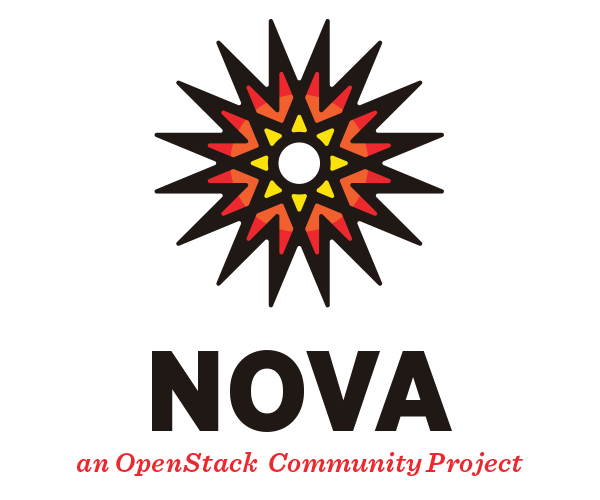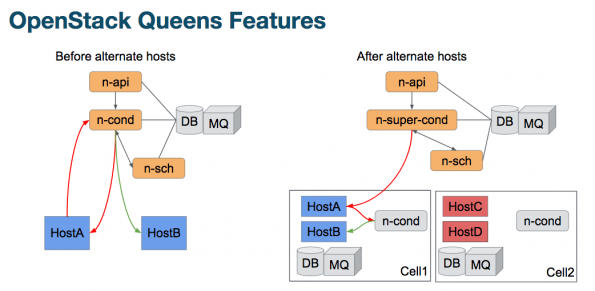At the recent Vancouver Summit OpenStack project team leads (PTLs) and core team members offered updates for the OpenStack projects they manage, what’s new for this release and what to expect for the next one, plus how you can get involved and influence the roadmap.
Superuser features summaries of the videos; you can also catch them on the OpenStack Foundation YouTube channel.

What
Nova, OpenStack’s compute service. The project aims to implement services and associated libraries to provide massively scalable, on demand, self-service access to compute resources, including bare metal, virtual machines and containers. One of the oldest OpenStack projects, Nova has 183 contributors and, according to the last User Survey, it’s deployed by 98 percent of OpenStack users.
Who two Nova core contributors Matt Riedemann of Huawei and Melanie Witt of Red Hat.
What’s new
“In Pike we had multi-cell support and in Queens we’re building on improving the performance of multi cells,” Riedemann says. “For example, in Pike, if you’ve got multiple cells in your listing instances across the API, we’re just hitting each cell iteratively and Queens that’s all done concurrently with the results merged at the end.”
There are a ton of updates and improvements for the latest Queens release, including: 


- Volume multi-attach is supported with the libvirt compute driver (microversion 2.60)
- vGPUs are supported* with the libvirt and xenapi compute drivers
- Native QEMU volume encryption (live migration, rbd encrypted volumes)
- Improved performance when filtering a list of servers by fixed IP using Neutron
- Continued versioned notification transformation
- Standardized inter-service configuration using keystoneauth adapter
- TLS encryption support for VNC consoles with the libvirt driver
What’s next
The team will be busy for the upcoming Rocky release as well.
“We’ve been working with CERN a lot on some cell features, like disabling a cell they’ve been really helpful in working with us to let us know what what features are missing or what things aren’t working very well so we’ve been doing a lot over there,” Witt says. CERN has already adopted Cells v2 and has a developer devoted to helping out and cleaning up deployment tools, Riedemann notes.
Cells
- Support disabling a cell
- Console proxy per cell and nova-consoleauth deprecation
- nova-manage tooling for managing cells
Scheduling and placement
- Placement request filters for improved scheduling performance
- Granular RBAC policy rules for placement API operations
- NUMA-aware live migration
- Nested resource providers
Other improvements
- Review runways
- Continued vGPU support
- nova-manage db purge
- Abort queued live migrations
- Libvirt CPU model extra flags
Get involved!
Use Ask OpenStack for general questions
For roadmap or development issues, subscribe to the OpenStack development mailing list, and use the tag [nova]
Check out the Nova wiki for more information on how to get involved – whether you’re just getting started or interested in going deeper. Participate in the weekly meetings: Thursdays alternating 14:00 UTC (#openstack-meeting) and 21:00 UTC (#openstack-meeting).
View the entire 40-minute session below and download the slides here.
- Exploring the Open Infrastructure Blueprint: Huawei Dual Engine - September 25, 2024
- Open Infrastructure Blueprint: Atmosphere Deep Dive - September 18, 2024
- Datacomm’s Success Story: Launching A New Data Center Seamlessly With FishOS - September 12, 2024

)










